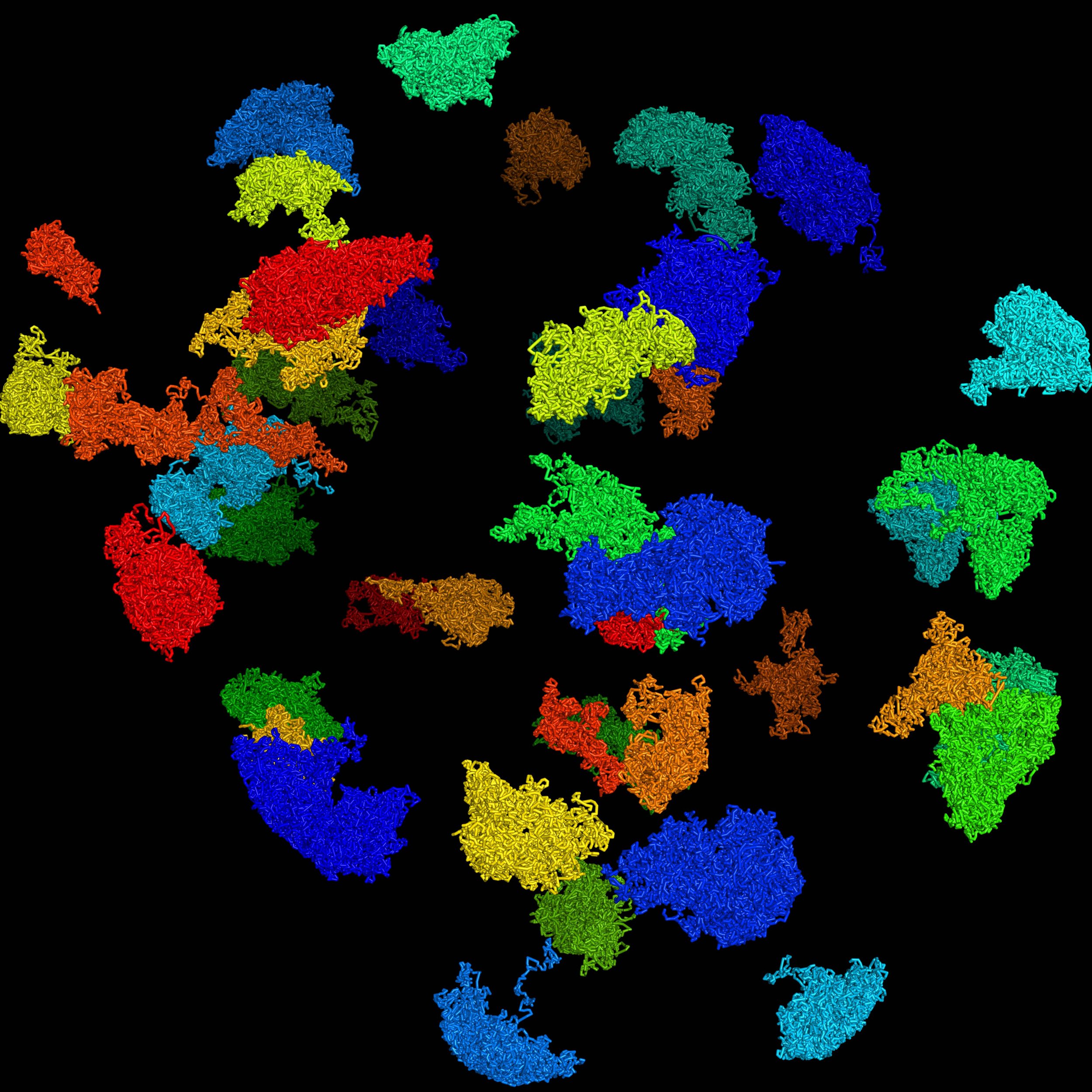
3D Genomics Lab
@ Stanford Neurobiology
Probing 3D Genome Architecture of Single Cells in Development & Aging
How do cells in our nervous system develop highly specialized functions despite having (approximately) the same genome? How do they degenerate as we age?
An emerging mechanism is 3D genome architecture: the intricate folding of our 2-meter-long genome into each 10-micron cell nucleus. This architecture brings together genes and distant regulatory elements to orchestrate gene transcription, and has been implicated in many developmental and degenerative diseases (e.g., autism, schizophrenia, Alzheimer's).
Traditional assays and algorithms struggle to capture the full complexity of genome architecture of a single cell and the enormous heterogeneity between cells. In addition, many studies interrogate genome architecture in vitro, taking cells out of their physiological context.
Our lab aims to understand the physical/chemical principles behind our genome’s structure–function relationship in the developing & aging brain in vivo.
We build the next generation of single-cell multi-omic toolkits that span the fields of functional genomics, biochemistry, and bioinformatics to measure and perturb single-cell 3D genome architecture.
Previously, we solved the first 3D structure of the human genome in a single cell, by developing a high-resolution, DNA sequencing–based method Dip-C. By developing first-of-their-kind algorithms, we showed that 3D genome alone can tell apart cell types (“structure typing”). We also determined the true mutation spectrum of single neurons in the normal human brain using our META-CS method.
Our research focuses on the cerebellum—a relatively under-studied brain region with an emerging role in cognition and diseases.
The cerebellum is home to ~80% of all our brain’s neurons, and has a unique mode of development (unusually late, lasts after birth), maldevelopment (the most affected brain region in autism, a common origin of childhood brain cancers), aging (correlated with motor and cognitive decline, the last brain region to develop Alzheimer’s pathology), and evolution (rapid expansion in mammals and again, in primates).


